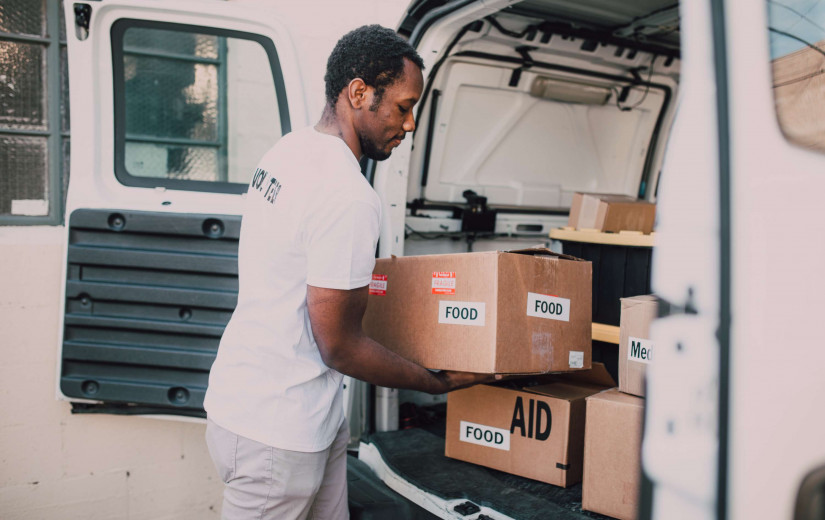How the Biden Administration Plan to Speed Up the Vaccination Efforts
On Wednesday, Joseph R. Biden was sworn in as the 46th president of the United States. Regardless of what side of the political aisle that you fall on, there is no doubt that a new president comes with a sense of renewal and change. There is also no denying that Biden and his administration face a monumental task when it comes to getting the COVID-19 health crisis under control.
One of the ways that the administration plans on doing this is by speeding up the current vaccination efforts. The federal government has come under fire for not delivering on the vaccination promises made at the end of last year. In response to this crisis, the new Biden team has made the vaccination rollout a top priority. Here is what you can expect.
Where the Country Stands Now in Vaccination Efforts
As of January 18, only 31 million doses of the coveted vaccine had been delivered. Less than half of this number has actually been administered. While there is some lag in reporting that accounts for part of the discrepancy, there is no getting around the fact that the administration of the shots has fallen well short of the promises made by the federal government when the immunization was first approved in mid-December.
At that point, President Donald Trump's Operation Warp Speed team had said that they would administer 20 million doses by the end of the December. Instead, they did not even deliver that number of doses until the end of the first week of January. Three weeks into the new year and it is clear that the delivery and administration of the vaccines have fallen woefully short of the expectations.
Biden Addresses the Issue with Formal Rollout Program
Recognizing the dire situation, Biden has rolled out a formal program to speed up the vaccination process. Shortly after being elected to the presidency, Biden said that one of his goals for the first 100 days in office was to administer 100 million doses of the vaccine. This would equate to one million doses per day, a number that the country has struggled to reach.
Last week, Biden and his team unveiled how they plan to accomplish this goal.
- Boost Healthcare Work Force - The new plan aims to hire 100,000 more public health workers to fight the pandemic. Included in this number will be contact tracers as well as additional staff for vaccine outreach. Because COVID-19 disproportionately affects low-income communities, Biden's plan will place the bulk of these workers in these areas.
- Rejoin WHO - Last summer during the height of the pandemic, Trump's administration made the decision to leave the World Health Organization (WHO). One of the first things that Biden did when he took the oath of the office was to reinstate this membership. The new president has been clear that he wants to restore America's place as a global leader in the battle against the pandemic.
- Safely Reopen Schools - Another major directive of the new Biden administration is to direct funding to help to safely reopen schools. This means that teachers and administrators need to be top on the list to receive the vaccination. Biden has a big goal of reopening most schools within his first 100 days in office. He has requested Congress to approve $130 billion in funding to make this happen.
- Centralized National Vaccination Program - One of the biggest criticisms of the current vaccine rollout program is that it is largely left up to the individual states and local municipalities to administer. Biden plans to take a more centralized approach. To achieve this goal, he has included $20 billion for the funding of a national vaccination program in this stimulus proposal. This money will also pay for mobile units to reach rural areas.
What This Means for You
If you are still waiting to get your COVID-19 vaccine, your best bet is start your search with your state health department. Every state has different rules regarding how they are administering the vaccine. Once you know what phase you are set to become eligible, you can begin the process of scheduling an appointment. Your primary care physician is also a good resource if you are unsure when your time to receive the shot will come up.

















